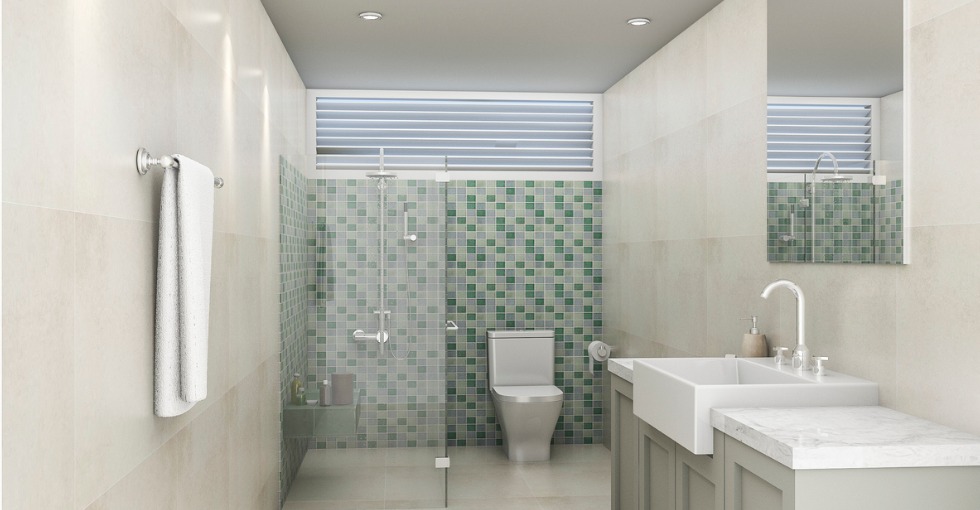January 30th, 2021
15 STEPS TO PERFECT WATERPROOFING WATERPROOFING AREAS

Wettable areas are those that are in frequent contact with water, such as kitchens, service areas, bathrooms, etc. To prevent water from damaging these locations, it is necessary to pay close attention to waterproofing and the choice of materials to be used.
DRYKOPREN PRETO is an asphalt emulsion composed of special asphalt, which has mineral filler and elastomeric resin diluted in water. This formulation makes it effective for waterproofing areas with high exposure to water.
It is suitable for bathrooms, kitchens, service areas, terraces and balconies, and provides a highly waterproof membrane in a few coats. In addition, it has low cost and the application does not require special techniques or tools.
However, for the waterproofing to be carried out perfectly, some care is necessary.
The surface to be treated must be clean, free of dust, oil or loose particles. It is necessary to respect the drying time between coats, which varies according to the climate, carefully read the packaging label and correctly follow the DRYKO IMPERMEABILIZANTES instructions for using the product.
Follow the step by step of applying DRYKOPREN PRETO in a bathroom:
Necessary materials: brush, trowel, foam block, stylus, trowel, brush, waterproofing, polyester canvas, mortar.
Mandatory PPE: helmet, gloves, glasses and apron.
The surface that will receive the product must be even. This leveling must be done with a minimum drop of 0.5% towards the water drainage points and the layer must be perfectly adhered to the substrate. Therefore, it is necessary to clean and wet the concrete before applying the mortar.
The mortar must be finished with a minimum thickness of 2 cm. Use a ruler or a trowel to achieve this result.
Critical areas, such as baseboards, need greater care. Before applying the waterproofing agent, moisten these regions and round off the corners, applying mortar with a trowel.
Another region that deserves a lot of attention is the area around the drains. Moisten the surface and recess the drains, eliminating all the sharp edges.
Finish rounding the corners by wiping off excess mortar with a sponge.
Now, prepare the structuring polyester canvas that will be applied to drains and baseboards. This procedure is important to increase the resistance of the waterproofing system to movements. With the help of a stylus or scissors, cut a piece of the mesh large enough to cover the most critical points. Save the screen to apply it later. To apply the mesh in the drains, you must make several diagonal cuts, in the form of petals.
Before the first coat of the waterproofing agent, dilute the product in up to 15% water, but be careful: only the first coat of the asphalt emulsion can be diluted.
On the clean and dry surface, apply the product in the region of the drains with brush, brush or brush.
On the newly applied emulsion, place the previously cut screen.
On the canvas, apply another layer of waterproofing, without dilution, until it is completely covered.
The same procedure performed on the drain must be done on the baseboards. Therefore, place the polyester mesh between two layers of the waterproofing. The product must be applied in a 10 cm strip on the floor and 10 cm on the wall.
After the treatment of critical regions, the application of the waterproofing agent begins. In bathrooms, it is important to apply it on the entire floor and on walls up to 1.2 m high in the shower room and on the other walls 20 cm above the finished floor. For the first coat (primer), in the shower stall, the emulsion diluted in 15% clean water can be used.
After drying – which can take about four hours – apply the second coat crosswise to the first.
Wait for drying again before applying the third coat of waterproofing agent, again, in a crossed way.
After complete drying (72 hours), perform the leak test. Place a sheet of water approximately 5 cm high on the surface and wait at least 72 hours.



 (11) 2088-5701
(11) 2088-5701